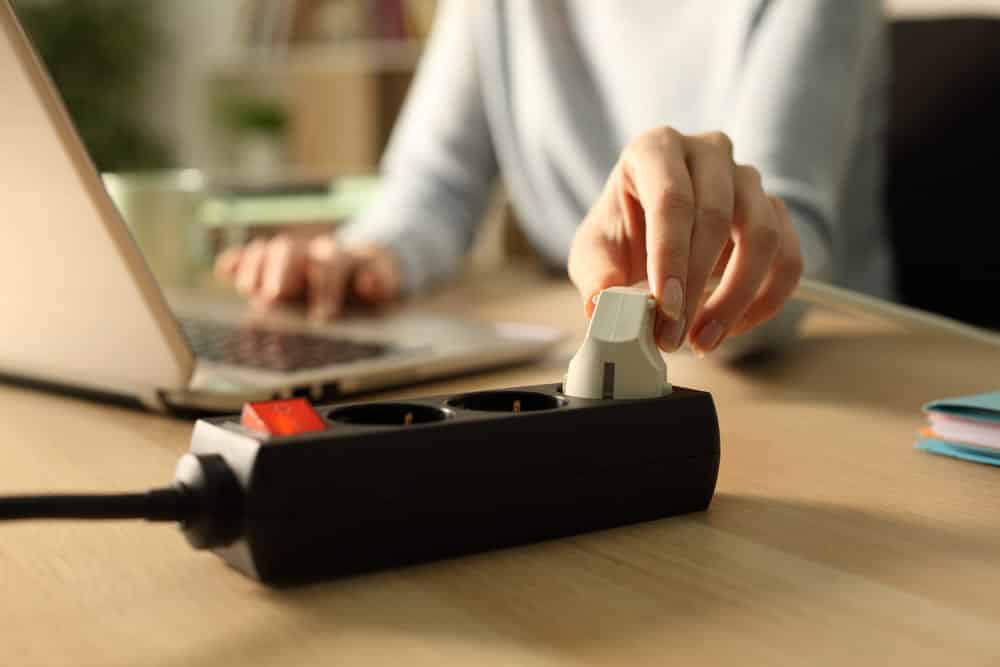
People who love video games can understand the importance of FPS and how it can impact the gaming experience. Truth be told, they use high-end and stacked hardware to play the games but some also opt for laptops.
For the same reason, people also ask, “why does my FPS drop when I unplug my laptop?” If you are going through the same, we are sharing a troubleshooting guide with you!
Why Does My FPS Drop When I Unplug My Laptop?
To be honest, it’s completely normal that FPS drops when the laptop is unplugged. This is because when the laptop is unplugged, it tries various methods to save the battery. In particular, the laptop is highly likely to reduce the GPU and CPU for saving power and battery.
In case you are using the dedicated GPU, the laptop is highly likely to switch to the graphics processes rather than using the power-draining (aka high-performance) GPU. In simpler words, the FPS is reduced to save the battery because the laptop is no longer connected with power. To help you out, we are sharing the fixes with you!
Customizing The FPS Or Disabling Whisper More Settings
In various cases, the FPS is likely to drop when you have switched on the whisper mode on your laptop. For this reason, you can customize the FPS settings but disabling the whisper mode is another way.
That’s because these two options allow the laptop fans to increase the speed limits, hence chances of improved and higher FPS. When the whisper mode is disabled, it is highly likely to bring the general FPS to the laptop and you will see improvement during gaming.
However, this solution is only possible if you are using the Nvidia GPU and its value should be higher than 1060. Keep in mind that disabling the whisper mode will heat up the laptop and you might even experience noise while playing games. For disabling the whisper mode, you have to open the GeForce experience, open the settings, and tap on the whisper mode.
On the other hand, if you cannot handle the noise, it’s time that you change the FPS settings from the control panel because it can resolve the FPS dropping issues. For this purpose, you have to open the control panel of Nvidia.
When the control panel opens up, click on the “manage 3D settings” and then open the program settings. Then, choose Nvidia GPU as the preferred graphics processer. In the third window, scroll down to settings and look for the whisper mode. Now, adjust the FPS according to the GPU and screen support rate. Now, save the settings and see if the FPS issue is resolved. Lastly, let us tell you that this works for editing and gaming apps.
Use AC
In case you have unplugged the laptop and it has resulted in a low FPS value, we suggest that you connect the laptop to an AC connection. This is because it will reduce the chances of power supply interruption. That being said, you must take out the battery from the laptop before you play the game, and connect it to the AC adapter and see if it improves the FPS.
Update BIOS & GPU Driver
If you are a gamer, there is no point in saying that GPU driver and BIOS can directly influence the gaming as well as the FPS. That being said, if the FPS drops whenever you unplug the laptop from a power connection, update the GPU driver as well as BIOS. You can update the GPU driver by using third-party apps, such as Radeon or GeForce, based on the video card.
On the other hand, you can also update the BIOS through the driver manager of the laptop. So, open the driver manager, tap on firmware, and move to the system firmware. From system firmware, click on the update driver issue. Once the GPU driver and BIOS are updates, see if the FPS is optimized on the laptop.
Power Management Settings
The laptops are designed to switch “power save” mode whenever it’s disconnected from power. However, if you want to keep up the FPS, make sure that you choose “high performance” settings and the FPS won’t drop. For this purpose, just click on the battery icon and move the bar to “better performance.”